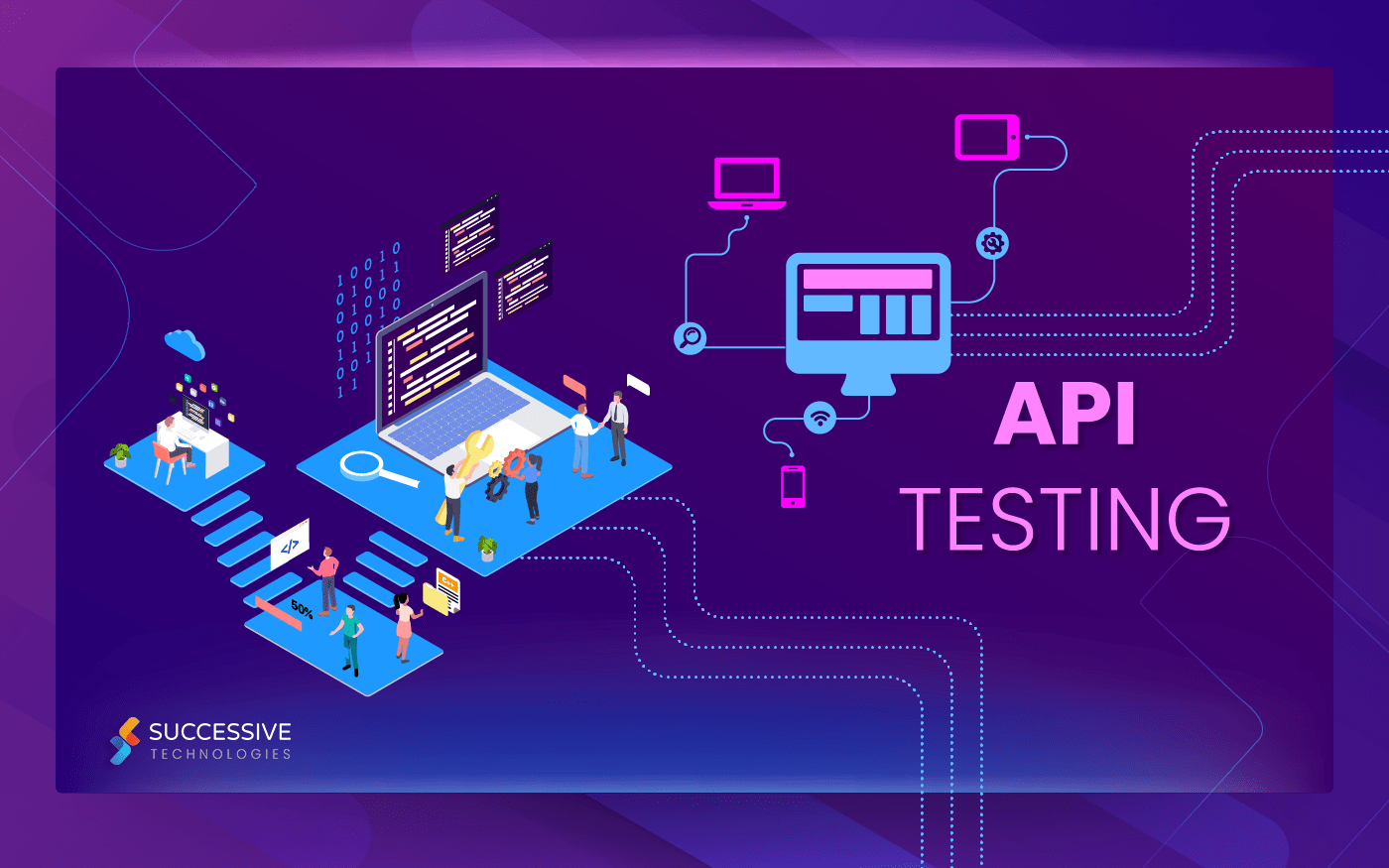Tech firms are increasingly relying on outsourcing, especially for software development to increase their productivity, reduce development time and tackle overall competition. And if all this can be achieved within the budget, it is the icing on the cake!
However, it is not as simple as it looks. There are a million other things that influence this outsourcing agreement, much like any other business strategy that is framed after due deliberation. For starters, what things should you keep in mind while choosing your outsourcing partner? This is not a frivolous decision but one that can greatly influence the firm’s future. So, sufficient time, energy and effort must be invested in the same to develop a fruitful association.
Why are you outsourcing in the first place?
This is the most important question to ponder upon since outsourcing is not a cure-all; it is only as efficient as the standard one sets. This is extremely crucial so as to set concrete goals. Something like ‘what is the current level of output or performance and what is desired?’ is a great thought to begin with. Hence, eliminate any vagueness or uncertainty in your overall expectations.
Evaluate your partner carefully
Joining hands with an outsourcing partner involves investment in both time and resources. You’ll spend energy to fill a team in on the working of your organization. But all this will go in vain if you end up concluding that they are lacking in skills and technical prowess. Similarly, you can find your ideal outsourced team but it won’t mean much unless it is able to stick around for a good number of months or years. Hence, don’t be reluctant and do ask hard questions to be able to choose an established outsourcing partner.
Choose the right size team
This might seem trivial but it plays a pivotal role in determining the strength of your association with the outsourced team. There is often a misconception that it is best to partner with the largest vendor but sometimes, this can have the opposite effect as well. For example — a large outsourcing provider might not be able to attend to each client with enough care; smaller clients might be neglected and made to associate with developers who are not as proficient. It is also likely to charge much more for its services on account of its brand name and good track record. Hence, a large vendor is apt only when it has to be assigned to a client that is large enough to command its attention.
Smaller partners are usually more flexible, have lower rates and attend to all clients with sufficient attention and effort. Their senior management is more involved in all the projects and this is a big boon. It is also an advantage that cannot be conferred in the case of large vendors.
Investigate
Bring out the Sherlock Holmes in you and carry out a background check. What projects has the outsourcing partner already worked on? What customers did it deal with? Ask for references to get firsthand information on what it’s like to work with that team. Is the outsourcing provider financially secure? Does it have sufficient infrastructure and technology to carry out the designated tasks? Know all this before bringing them on board.
Know the contract like the back of your hand
When partnering with an outsourcing provider, it is always a good idea to obtain legal consultation. In the case of software development, it is all the more crucial due to shared intellectual property that needs to be defined clearly. A non-disclosure agreement is also signed to prevent the outsourced team from leaking any sensitive or private information.
Communicate well
The entire work mechanism is based on a meshwork of efficient communication and collaboration. Hence, it is important to ask a few important questions that influence this. Where should the outsourced team be placed? Will communication be possible if it is an offshore arrangement? Do the qualities of a team in another continent outweigh the problems it poses due to being in a different time zone? Would it be easier to work with a nearshore team? All these points need to be taken into account for a successful partnership.
A simple six-fold strategy, it is a must to consider the aforesaid checkpoints so as to find your ideal outsourcing partner. As for a discussion about such trends in the business and technological world, you needn’t look for ideal partners. We are right here, feel free to reach out.












